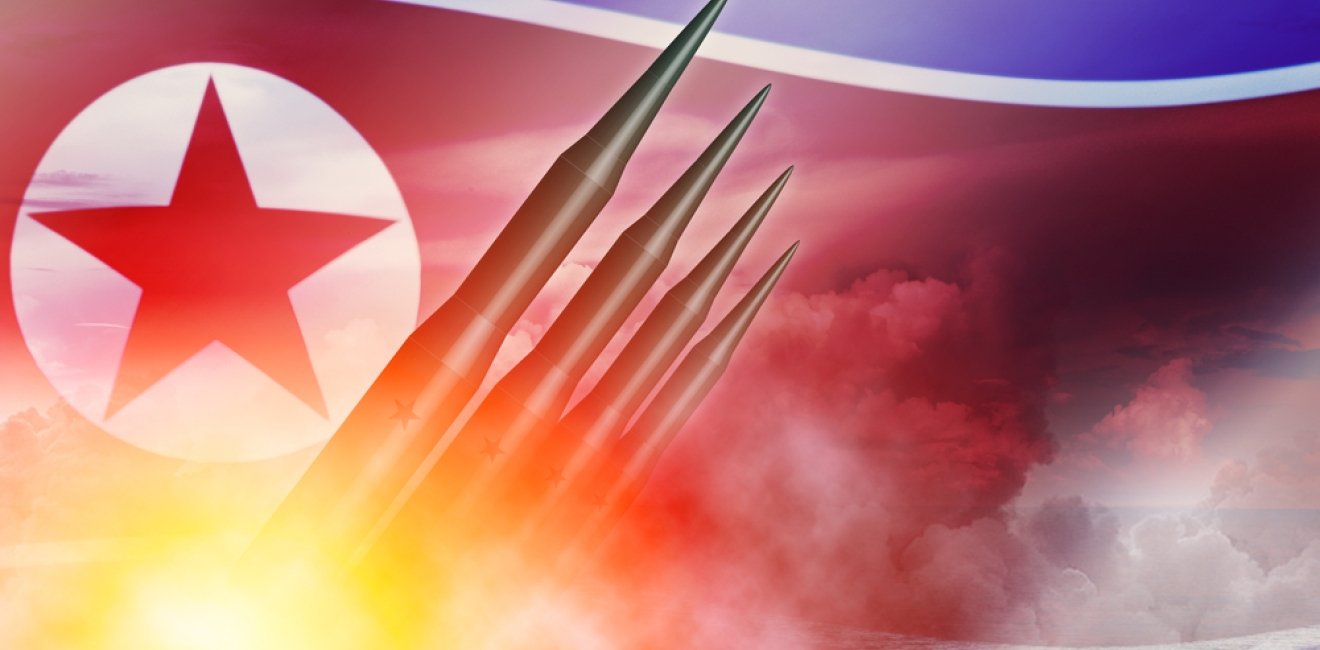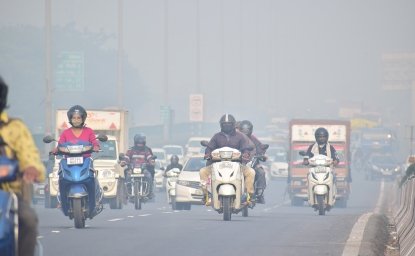
A blog of the Wilson Center

North Korea has already Conducted Thirty-One Missile Tests this Year, Compared to Eight in all of 2021.
Hours after President Biden departed from his five-day trip to South Korea and Japan this May, North Korea fired three test missiles, one of which was a suspected ICBM (intercontinental ballistic missile). On June 5, North Korea launched another eight short-range missiles, the most it has launched in a single day. In 2022 alone, they have now launched 31 missile tests and are preparing to conduct a nuclear test, according to U.S. ambassador to the United Nations Linda Thomas-Greenfield—a steep increase from 2021’s eight.
In response to the string of launches, the UN Security Council drafted a resolution to condemn the DPRK and strengthen sanctions. In her statement before the vote, Thomas-Greenfield cited resolution 2397 (2017), in which the Security Council agreed to take measures in the event of an intercontinental ballistic missile launch. Since 2006, in an effort to cut funding and resources for its nuclear and ballistic missile programs, the UN has sanctioned North Korea.
However, China and Russia have advocated easing the sanctions on humanitarian grounds, and both used their veto power to defeat the proposal. This marks the first time in fifteen years that a UN Security Council member has used this power to prevent the Council from fulfilling its responsibilities. China’s delegate rejected it on the grounds of counter-productivity, stating that, “reliance on sanctions will not help to resolve the Peninsula issue,” pointing to the ten other resolutions the Council has against North Korea.
President Biden and recently elected South Korean President Yoon Suk-yoel seem to be taking a new, tougher line with North Korea. After the most recent weapons tests by North Korea’s Kim Jong Un, the two governments launched eight surface-to-air missiles.
Author

Explore More in Stubborn Things
Browse Stubborn Things
Spying on Poachers

China and the Chocolate Factory

India: Economic Growth, Environmental Realities
